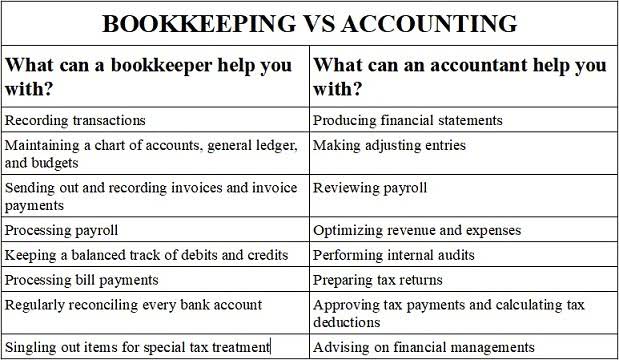
Retained earnings are the portion of income that a business keeps for internal operations rather than paying out to shareholders as dividends. Retained earnings are directly impacted by the same items that impact net income. These include revenues, cost of goods sold, operating expenses, and depreciation. Retained Earnings (RE) are the accumulated portion of a business’s profits that are not distributed as dividends to shareholders but instead are reserved for reinvestment back into the business. Normally, these funds are used for working capital and fixed asset purchases (capital expenditures) or allotted for paying off debt obligations. Retained earnings are affected by an increase or decrease in the net income and amount of dividends paid to the stockholders.
Q: What are Retained Earnings?
The Retained Earnings account can be negative due to large, cumulative net losses. The beginning period retained earnings appear on the previous year’s balance sheet under the shareholder’s equity section. The beginning period retained earnings are thus the retained earnings of the previous year. Say, if the company had a total of 100,000 outstanding shares prior to the stock dividend, it now has 110,000 (100,000 + 0.10×100,000) outstanding shares.
Statement of retained earnings example
Thus, it is a liability of the company and it is credited as per the golden rules of accounting for personal accounts. HighRadius offers a cloud-based Record to Report solution that helps accounting professionals streamline and automate the financial close process for businesses. We retained earning debit or credit have helped accounting teams from around the globe with month-end closing, reconciliations, journal entry management, intercompany accounting, and financial reporting. As long as the total dollar amount of debits and credits are equal, the balance sheet formula stays in balance.
How to do a balance sheet

Where cash dividends are paid out in cash on a per-share basis, stock dividends are dividends given in the form of additional shares as fractions per existing shares. Both cash dividends and stock dividends result in a decrease in retained earnings. The effect of cash and stock dividends on the retained earnings has been explained in the sections below.


The retention ratio (also known as the plowback ratio) is the percentage of net profits that the business owners keep in the business as retained earnings. For example, company B made an error in the 2019 financial statements by not recording an amortization expense of one of the intangible assets. For example, company A which is a trading company has a net income of $25,000 which all of its respective income and expenses https://www.bookstime.com/articles/music-industry-accounting have already been transferred to the income summary account at the end of 2020. Additional paid-in capital is included in shareholder equity and can arise from issuing either preferred stock or common stock. The amount of additional paid-in capital is determined solely by the number of shares a company sells. Additional paid-in capital does not directly boost retained earnings but can lead to higher RE in the long term.
Retained Earnings inside the Balance Sheet

- Retained Earnings are a part of “Shareholders Equity” presented on the “Liabilities side” of the balance sheet as it indicates the company’s liability to the owners or shareholders.
- You should report retained earnings as part of shareholders’ equity on the balance sheet.
- This is because it is confident that if such surplus income is reinvested in the business, it can create more value for the stockholders by generating higher returns.
- For example, a loan contract may state that part of a corporation’s $100,000 of retained earnings is not available for cash dividends until the loan is paid.
- Our solution has the ability to prepare and post journal entries, which will be automatically posted into the ERP, automating 70% of your account reconciliation process.


